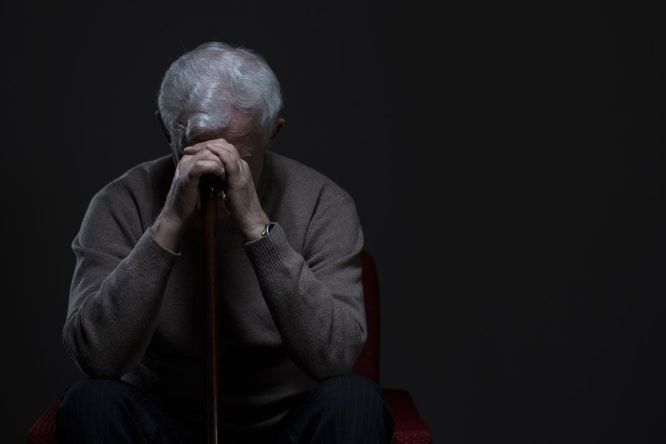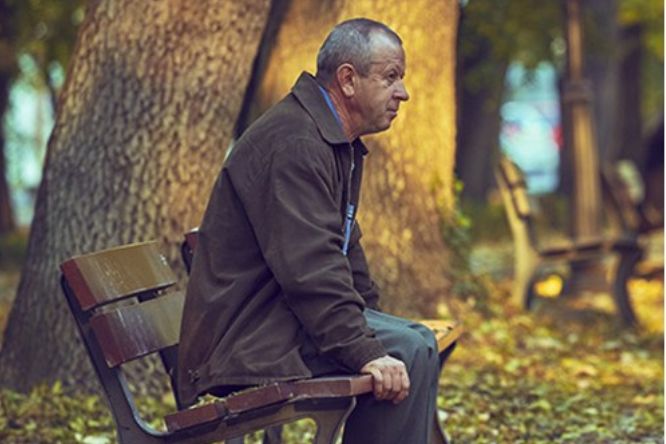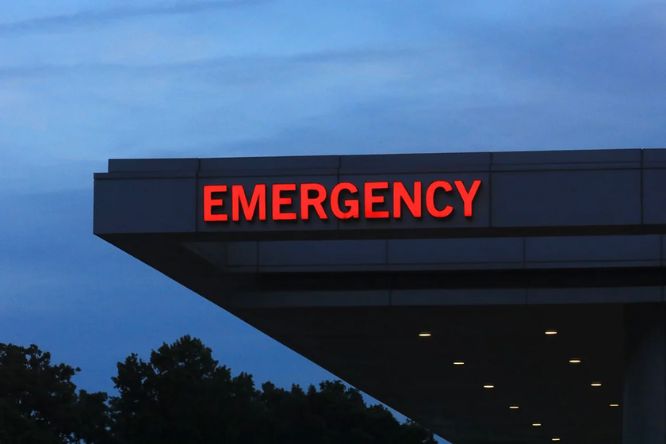Comprehending the intricate matter of suicide among the elderly population
- 12 Sep 2023
Suicide is a matter of great concern and complexity that impacts individuals of all ages, backgrounds, and walks of life. Despite its common association with younger individuals, it is imperative to acknowledge that older adults are also susceptible to this issue. In fact, older adults may encounter distinctive challenges that render them more vulnerable to suicidal ideation and behavior. According to the National Council on Aging, although older adults (65+) constitute approximately 12% of the U.S. population, they account for approximately 18% of suicides. Furthermore, older adults often plan their suicide attempts with greater precision than younger individuals and employ more lethal methods. Shockingly, one in four seniors who attempt suicide will succeed, compared to one in 200 youth.
What is the reason for the elevated suicide rates among the elderly population?
There are various age-related factors that seem to contribute to elevated suicide rates in older individuals. Loneliness, in particular, emerges as a primary instigator. A significant number of older adults find themselves living alone, frequently due to the loss of a spouse or the lack of proximity to family and friends, leading to a deep sense of isolation.
Furthermore, various other elements contribute to the suicidal inclination among elderly individuals:
Diminished Autonomy:
Elderly individuals who previously engaged in active lifestyles, including dressing themselves, driving, and participating in various activities, may struggle with a significant loss of identity. They grieve the loss of their independent and dynamic former selves.
Grief:
As people age, they inevitably encounter the loss of loved ones due to aging and illness. This can trigger anxiety about mortality, intensifying feelings of loneliness and despair during the "age of loss."
Physical Health Concerns:
Elderly individuals are prone to illnesses and chronic ailments such as arthritis, heart disease, hypertension, and diabetes, which frequently result in discomfort and mobility constraints that deteriorate their standard of living. Additionally, sensory impairments, such as reduced vision and hearing, exacerbate their inability to participate in previously enjoyed activities.
Access to Deadly Instruments:
Elderly individuals frequently possess enhanced availability of lethal instruments, including prescription drugs or firearms, elevating the risk of fatal suicide endeavors.
Insufficient Social Support:
Older adults face difficulties in seeking help during crises due to their restricted social support networks.
Cognitive Dysfunction:
According to recent research conducted in 2021, it has been found that older adults who suffer from mild cognitive impairment and dementia are at a heightened risk of suicide. The deterioration of cognitive function can have a detrimental impact on their ability to make sound decisions, leading to increased impulsivity and exacerbating emotional distress.
Financial Matters:
Numerous elderly individuals depend on fixed incomes, thereby encountering difficulties in meeting their fundamental expenses. With the progression of age, healthcare expenses tend to increase, resulting in significant financial burden. The strain of financial constraints, especially for those already grappling with health issues or bereavement, can trigger suicidal ideation.
The cognitive, emotional, and physical obstacles and inadequate mental health assistance for seniors can cause depression. This mood disorder is marked by persistent feelings of sadness, hopelessness, and disinterest in previously enjoyed activities. Although most individuals with clinical depression do not attempt suicide, it does increase the risk. Acknowledging these multifaceted factors is crucial for promoting a better comprehension of and reaction to suicidal behavior among older adults.
Disturbing data on suicide among older adults has been reported, indicating a cause for concern
Newly released data indicates concerning suicide rates among older adults, specifically those aged 75 and above. The rate is 20.3 suicides per 100,000 individuals, with men in this age group facing an even greater risk at 42.2 suicides per 100,000 individuals, surpassing other age groups. Non-Hispanic white men in this demographic have the highest suicide rate, reaching 50.1 suicides per 100,000 individuals.
Detection of Suicidal Ideation in Elderly Individuals: A Critical Endeavor
Importance of Identifying Suicidal Thoughts in Older Adults and Categories of Such Thoughts
Passive Suicidal Ideation:
Such ideations entail a sense of being "better off dead" and, though not always an imminent danger, indicate considerable anguish necessitating swift intervention.
Active Suicidal Ideation:
Reflections on self-harm or suicide, often confirmed by a positive response to inquiries, necessitate prompt evaluation and intervention by a mental health expert.
Indicators of suicidal behavior encompass the following cautionary signals:
- Social avoidance
- Self-neglect
- preoccupation with mortality
- loss of interest in hobbies
- disregard for safety
- estate changes
Assisting an Elderly Person with Suicidal Tendencies: A Guide
In the event that an individual expresses active suicidal ideation or has a suicide plan, prompt intervention is imperative. Do not hesitate to inquire directly, "Are you contemplating suicide?" Express your willingness to assist and attentively listen to their response.
Remain in Their Company:
It is imperative to remain with the individual to offer prompt assistance and guarantee their security.
Request Assistance from a Qualified Expert:
In the event of suicidal ideation, it is imperative to promptly contact emergency services or a mental health professional. This severe mental health concern necessitates expert intervention. The new Suicide and Crisis Lifeline, 988, provides 24-hour confidential support and access to counselors.
Re-establishing Connections:
Research indicates that maintaining contact with individuals who have had suicidal ideations can mitigate suicide risk. Communication via phone, text, or letter can be beneficial.
The elevated incidence of suicide in older adults, particularly those aged 75 and above, underscores the imperative to tackle this critical matter. Age does not confer immunity to mental health difficulties, and recognizing the indications, promoting awareness, and furnishing assistance and resources are crucial measures in averting suicide among older adults. Through collaborative efforts, we can guarantee that older adults receive the requisite care and consideration to safeguard their mental and emotional welfare.








Lorem ipsum dolor sit amet, consectetur adipiscing elit. Nam viverra euismod odio, gravida pellentesque urna varius vitae, gravida pellentesque urna varius vitae. Lorem ipsum dolor sit amet, consectetur adipiscing elit.
Dec 6, 2022
ReplyLorem ipsum dolor sit amet, consectetur adipiscing elit. Nam viverra euismod odio, gravida pellentesque urna varius vitae, gravida pellentesque urna varius vitae.
Dec 6, 2022
ReplyLorem ipsum dolor sit amet, consectetur adipiscing elit. Nam viverra euismod odio, gravida pellentesque urna varius vitae, gravida pellentesque urna varius vitae.
December 7, 2022
ReplyLorem ipsum dolor sit amet, consectetur adipiscing elit.
December 11, 2022
Lorem ipsum dolor sit amet, consectetur adipiscing elit.
December 13, 2022
Reply